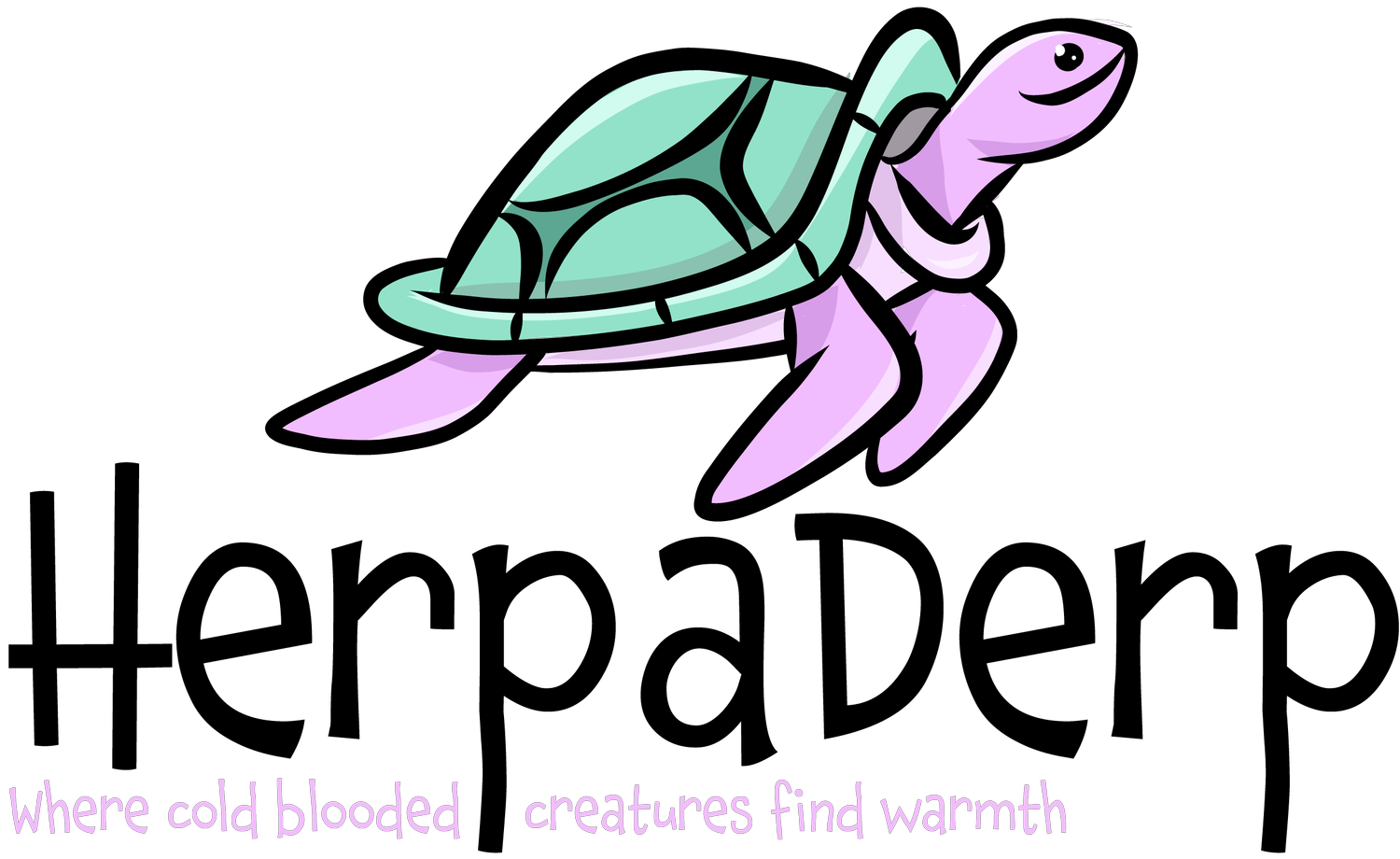Red-footed tortoises (Chelonoidis carbonaria) are a popular pet species due to their docile nature and striking appearance. They are medium-sized tortoises native to South America, where they can be found in a variety of habitats, including rainforests, savannas, and scrublands. Here is a care guide for keeping these beautiful reptiles healthy and happy.
Average lifespan: Red-footed tortoises can live up to 50 years in captivity if provided with proper care.
Diet: A healthy diet for a red-footed tortoise should consist of a mix of dark leafy greens, vegetables, and fruits. They also require a source of protein, which can be provided through occasional offerings of insects, earthworms, and cooked chicken. Young tortoises should be fed more frequently, up to daily, while adults can be fed 2-3 times a week.
Humidity: Red-footed tortoises require a humidity level of 60-80%. This can be achieved through regular misting, providing a humid hide, or keeping a shallow water dish in the enclosure.
Lighting/UV requirements: These tortoises require exposure to UVB lighting to properly metabolize calcium and maintain healthy bones. A basking light should also be provided to create a temperature gradient in the enclosure.
Minimum enclosure size: A single red-footed tortoise requires an enclosure of at least 4ft x 2ft. Enclosures should provide ample space for the tortoise to move around and explore.
Water: Red-footed tortoises require regular access to a shallow water dish for drinking and soaking.
Type of habitat: Red-footed tortoises are native to South America and are found in a variety of habitats, including rainforests, savannas, and scrublands. They are primarily ground-dwelling but are known to climb in search of food or to bask in the sun.
Morphs: Red-footed tortoises come in a variety of color morphs, including cherry head, high red, and hypo melanistic. These morphs can often command a higher price due to their unique appearance.
Sociability: Red-footed tortoises can be kept with other tortoises of the same species, but should not be housed with other species due to the risk of disease transmission. They are generally docile and can tolerate being handled, but should not be handled excessively.
Fun fact: Red-footed tortoises are known for their love of fruit and can often be seen munching on mangoes, papayas, and other sweet treats in their natural habitat.
